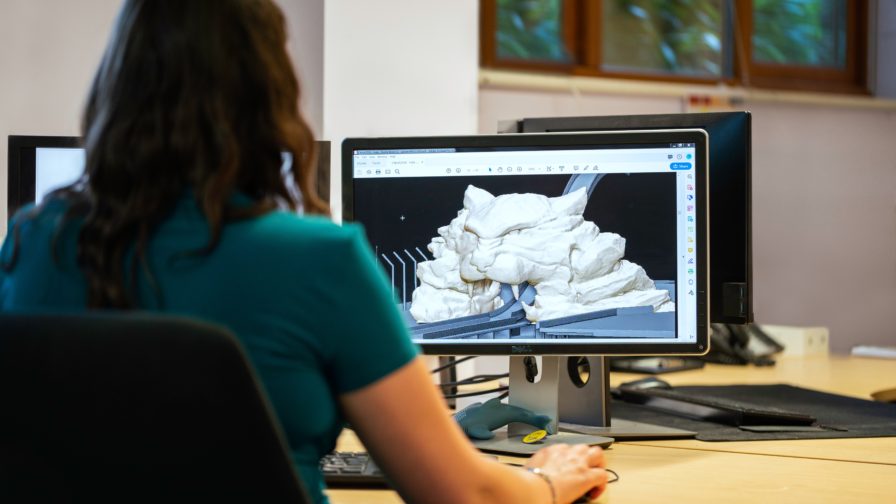
The fusion of the physical and virtual worlds has impacted many aspects of our lives, including entertainment, how we interact with live sports and fitness, navigation, architecture, healthcare, and training. Extended reality aims to create higher engagement levels than the traditional web through engaging tools such as 3D models that help orient those who view them and can provide an opportunity for interaction with brands and services.
Anastasia Miroshnichenk is a self-driven Expert Web XR developer at Saint Elmo’s advertising agency in Berlin. She’s also an active AR community member, leader, influencer, life-long learner. I talked to her before her presentation at Codemotion’s online conference: The Spanish edition to find out more.
What is Extended Reality?
Extended Reality (XR) refers to all real-and-virtual environments generated by computer graphics and wearables. XR is the umbrella category that covers all the various forms of computer-altered reality including: Augmented Reality (AR), Mixed Reality (MR), and Virtual Reality (VR).

Saint Elmo’s offer a new kind of advertising which specialises in the experience of AR and MR. Their projects include everything from AR experience using QR code printed on advertising posters, fashion ads for print magazines, and holographic selfies to promote new cars before they hit the showroom.
Anastasia is responsible for web-based applications and while her colleague focuses on application-based augmented reality.
How to get involved?
Anastasia shared, “I started working with AR around three years ago when my executive manager came to me and shared that our ad agency wanted to try something new. At this point, we have already working with the HoloLens creating B2B projects, so I was excited about the opportunity to increase my skill set and work on creative projects.”
According to Anastasia, “Mostly we are working with print editions, like magazines, newspapers, and the main idea is that you can’t tell all the information only in print. But with augmented reality, you can extend information by using an additional layer of digital information. They can include the use of videos, interviews reels, photo galleries or 3D modelling in infographics or images and provide the audience with a more interactive experience than simply viewing an ad, article or web page.”
Saint Elmo’s clients are range from the automotive industry to fashion and included publishers such as newspapers and magazines.
Tools for extended reality

Anastasia mostly used an A-frame as everyday graphic just because it’s easier to develop with it. She also sometimes integrates FreeVR into code, and prefers to work with the 8th Wall library when doing AR “because they provide a more stable and immersive experience and they have very good documentation written and very good technical support in slackchat.”
How easy is web XR to learn?
According to Anastasia, learning extended reality is not easy: “But I would say that it’s absolutely possible. So the developer just needs to open any 3D lab library first. For example, the A-frame for me is the easiest one. Its very user friendly and easy to read and it includes a lot of examples which makes it easy to understand.” She suggested starting with the basics, such as learning to build 3D cubes. Then going deep into AR tools such as the 8th Wall library which provides a free trial for developers as part of their commitment to bridging the development gap between iOS and Android, so that anyone can experience the magic of AR – no matter what device they’re on.
She notes that part of the challenge is that when you’re thinking about a 3D model “it already sounds like something impossible because we are all used to 2D content. Imagine that you might have something 3D built in your page, it sounds like magic. So you need to determine what kind of model you need to use. They’re not all that complicated, but it could be tricky to find the best model, how to develop it, and where to put it. This is particularly challenging as you may be limited to only a few formats for developing a web experience. But as long as you know where to look, you can find the resources you need to get started.




